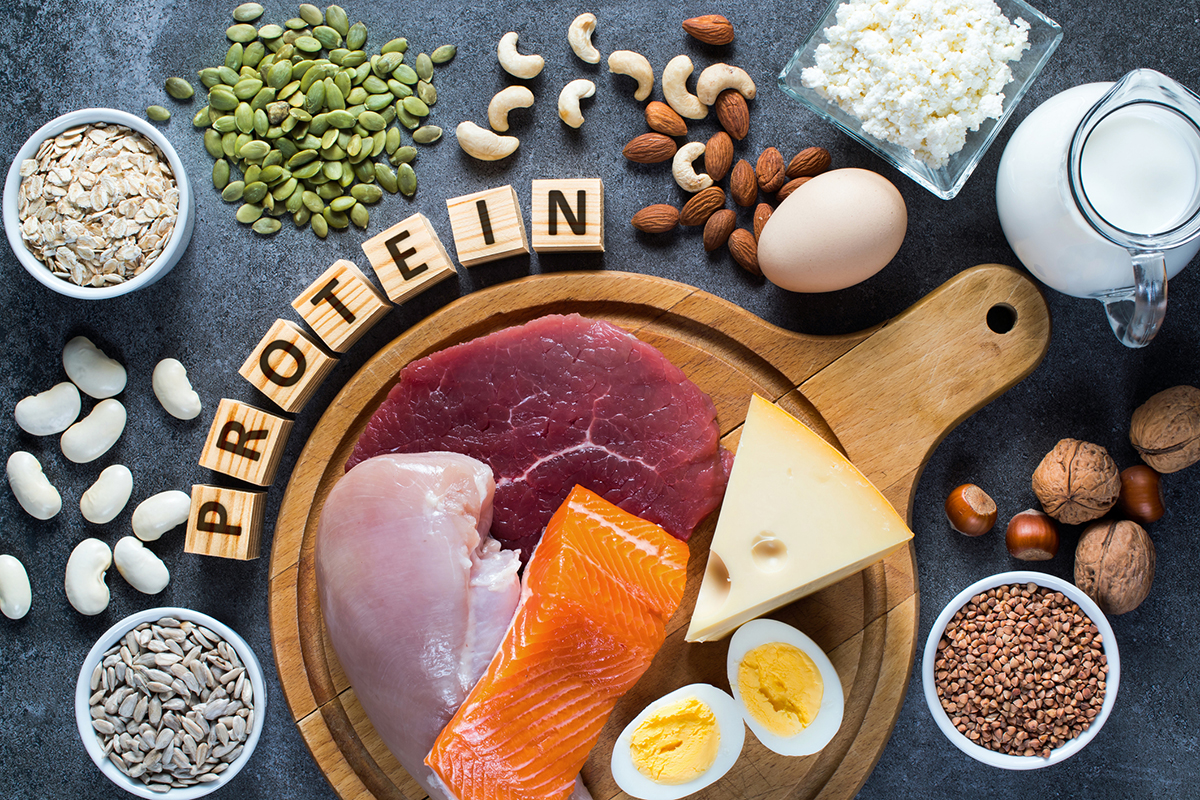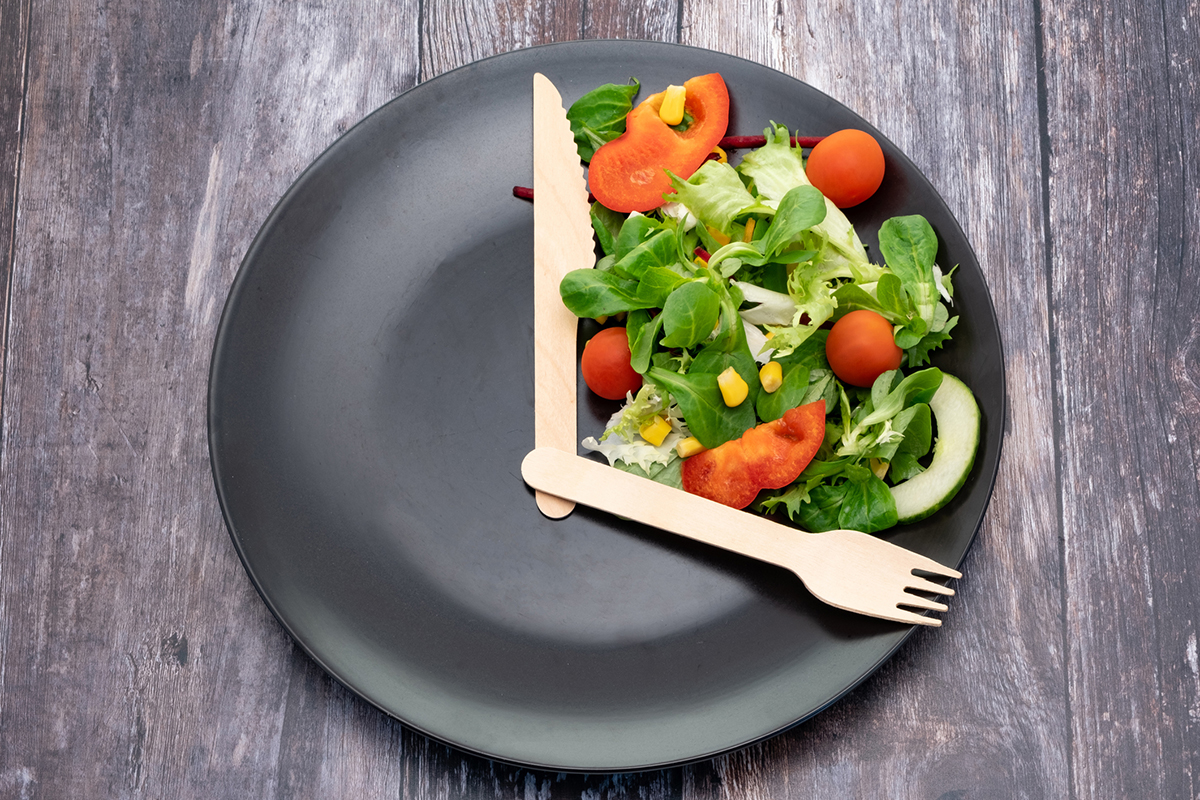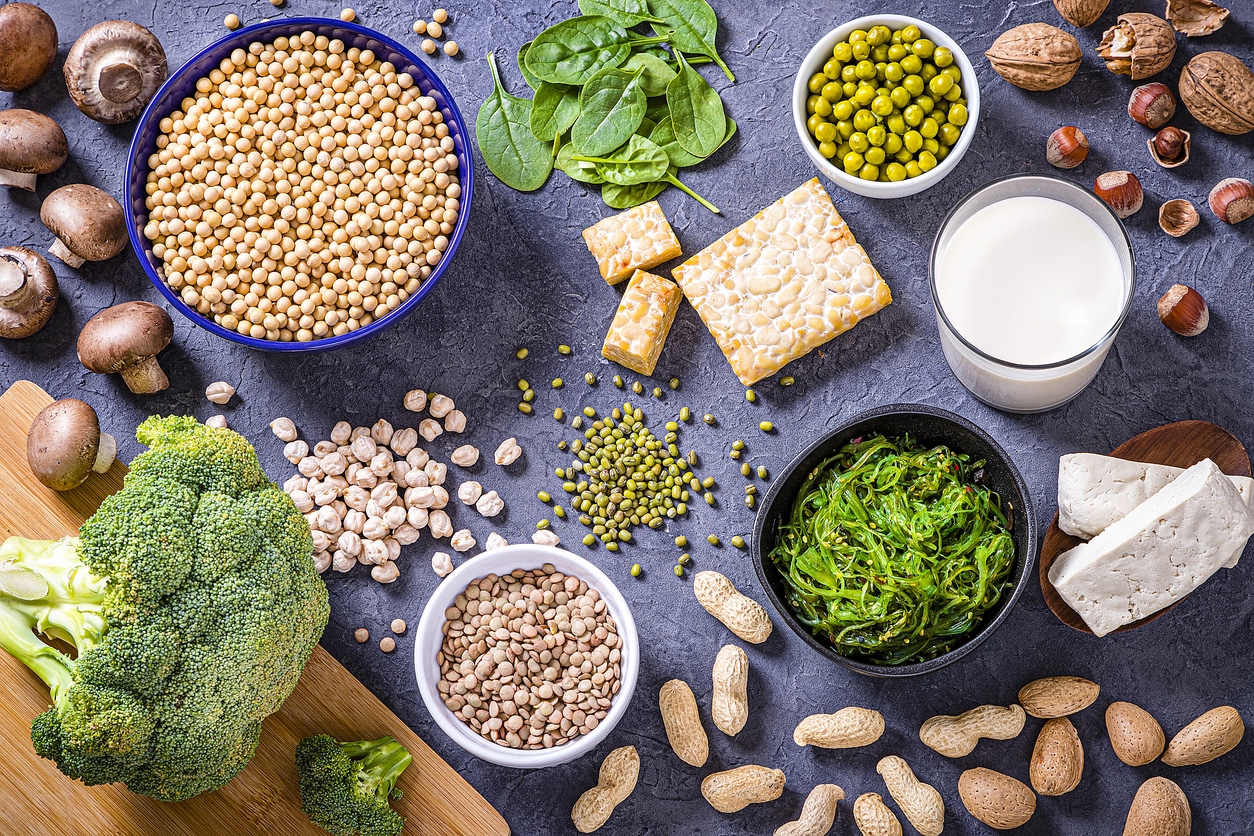Lately there’s been a lot of buzz about protein. Protein bars are all the rage. Health influencers extoll the benefits of supplemental protein. It’s said to be the ultimate satiety solution, helping us curb appetite. And we’re told that, especially as we age, we need even more protein.
On the other hand, there are those who buck the trend and insist excess protein burdens the kidneys and may even cause cancers to proliferate. And then there are the alleged harmful impacts of all the saturated fat and cholesterol that accompanies animal protein.
What are the facts? There’s a lot to unpack here.
At a recent presentation in Las Vegas, Dr. Gabrielle Lyon, author of Forever Strong, extolled the benefits of muscle preservation as a hedge against aging and frailty. Her contention is that muscle reserve is not merely a counter to sarcopenia—age-related strength decline—but also a bulwark against the modern scourge of insulin resistance.
It’s true that muscle is responsible for 80% of insulin-stimulated glucose disposal. That’s why diabetics are well-advised to undertake strength training to preserve lean mass; muscle is a buffer against ups and downs of blood sugar.
Plus, muscles produce myokines, with an array of benefits: anti-inflammatory, cognitive, circulatory, anti-osteoporosis, and even cancer-inhibitory.
But resistance training alone, studies show, is insufficient to maximize muscle growth. It must be accompanied by adequate protein intake. Current standards for protein intake are set far too low to support muscle retention, especially as we age.
The current recommended dietary allowance (RDA) to prevent deficiency for an average sedentary adult is 0.8 grams per kilogram of body weight. By that standard, for example, a person who weighs 165 pounds or 75 kilograms should consume 60 grams of protein per day.
Translation: You can fend off deficiency with just 6 ounces of skinless chicken, steak or salmon per day, plus a handful of nuts, some Greek yogurt or a dab of hummus.
The fact is, the RDA for protein is an historical artifact, established decades ago in laboratory experiments that ascertained the threshold for “negative nitrogen balance” in young healthy volunteers. The standard has not changed in 40 years.
Admittedly there are modest refinements, according to the Mayo Clinic:
“Once you reach ages 40–50, sarcopenia, or losing muscle mass as you age, begins to set in. To prevent this and to maintain independence and quality of life, your protein needs increase to about 1–1.2 grams per kilogram or 75–90 grams per day for a 75-kilogram person. People who exercise regularly also have higher needs, about 1.1–1.5 grams per kilogram. People who regularly lift weights, or are training for a running or cycling event need 1.2–1.7 grams per kilogram.”
According to Lyons, that’s still too skimpy for ordinary people to optimizemuscle. She marshals evidence that over-50s should emulate the protein goals of strength athletes: 1.6 to 2.0 grams/kilogram per day. And, for optimal uptake and impact on muscle, at least two meals per day—and preferably three—should attain the threshold of 30 grams of protein.
For example, I weigh 165 pounds (75 kilos). Therefore, I should strive for just shy of a gram of protein for each pound of body weight (using the formula of two grams per kilogram, that would be 150 grams)—a goal that Lyons endorses.
For peak efficiency, I shouldn’t be having, say, a protein-skimpy breakfast of oatmeal, grab a salad for lunch, and then feast on a 22-ounce Porterhouse (154 grams of protein) for dinner; the protein should be distributed throughout the day.
Mayo Clinic, toeing the party line about animal protein, admonishes:
“Extra protein intake also can lead to elevated blood lipids and heart disease because many high-protein foods you eat are high in total and saturated fat. Extra protein intake, which can tax the kidneys, poses an additional risk to people predisposed to kidney disease.”
There’s a word for that: Shibboleth (noun): “a word or saying used by adherents of a party, sect, or belief and usually regarded by others as empty of real meaning”—Merriam Webster Dictionary
The latest studies do not corroborate a link between animal protein consumption—in the absence of overall excess caloric intake—and heightened risk of cardiovascular disease. Increases in “bad” LDL cholesterol sometimes seen with high meat, egg, or full-fat dairy consumption are offset by improvements in LDL particle size, Apo-A to B ratio, HDL cholesterol, triglycerides, hemoglobin A1c, and liver fat content.
As to kidney disease, except in people with well-established renal impairment, ample protein has not been shown to “burden” kidney filtration capacity. Very low protein diets can actually accelerate the frailty typical in patients with compromised renal function.
Nor, as it was once alleged, does excess protein hasten osteoporosis; in fact, since bone is not merely an accretion of minerals, but a living tissue, adequate protein is essential for its repair and regeneration.
Additionally, argues Mayo, we should strive to get our protein from plant sources; animal fat is to be minimized:
“The healthiest protein options are plant sources, such as soy, nuts, seeds, beans and lentils; lean meats, such as skinless, white-meat chicken or turkey; a variety of fish or seafood; egg whites; or low-fat dairy.”
Plant protein is OK, and it may be accompanied by beneficial fibers, lignans, isoflavones and other nutrients. But it’s not complete, and it’s not as assimilable as animal protein. Branched chain amino acids, and especially leucine, limiting factors in muscle synthesis, are often in short supply.
Lyons contends that every meal should hit the threshold of 3 grams of leucine for optimal muscle repletion. That requires a modicum of animal protein. Whey protein, for example, is an excellent balanced source of branched chain amino acids, rich in leucine.
What’s left are the accusations that excess protein a) drives aging via its impact on the MTOR pathway, and b) may trigger cancer because it raises insulin-like growth factor-1 (IGF-1). Popular podcaster Peter Attia does a comprehensive takedown of these hypotheses in a recent commentary. (It’s paywalled, but I’ll summarize):
mTOR kinase is revved by exercise, particularly resistance training, and dietary protein. It’s anabolic and builds muscle, but enthusiasts of Rapamycin (an mTOR inhibitor) believe it can delay aging. Attia believes that the anabolic benefits of protein and exercise outweigh the potential aging liabilities of mTOR enhancement; after all, a feature of aging is sarcopenia. Hence, efforts at protein restriction to tame mTOR come at the expense of compromising muscle reserve and strength.
Some researchers have implicated high IGF-1 with the risk of certain cancers—notably Valter Longo, who contends that the best diet for cancer prevention is low in protein and overall calories. But he flips the script for seniors, recommending high-protein diets after a certain age in recognition of the imperative to forestall sarcopenia.
Attia finds this implausible. Why should the rules change at age 60? He cites numerous studies that show no heightened risk of cancer from increased protein intake—even from much-maligned animal protein. Ultimately, he concludes:
“For most people, too little protein is a greater risk than too much . . . Adequate protein intake is required for building and keeping muscle mass, which in turn is essential for avoiding frailty (and associated injury risks) and for maintaining metabolic health.”
Protein is satiating, so it’s reasonable to include ample amounts to forestall cravings for excess carby junk. But a mistake made by some protein enthusiasts who still are fat-phobic is to eat lean or low-fat protein—in isolation—as part of a low-carb or keto diet.
When carbs are drastically curtailed, and protein is consumed in the absence of fat, amino acids are diverted into energy production. Absent fat as fuel, protein alone is a metabolically expensive way to replete glucose to maintain essential body functions. Inadequate fat consumption is one of the main reasons that people on poorly balanced keto diets fail to attain ketosis. Their hunger persists despite massive protein intake, and they often hit a weight loss plateau.
Illustrative is “protein poisoning”, sometimes termed “rabbit starvation”, vividly described by members of the Lewis and Clark expedition. Equipped with unlimited supplies of ammunition, and encountering plentiful game naive to the long-range accuracy of rifles, they stockpiled vast quantities of fresh meat. But when their provisions of biscuits and lard ran out during the “hunger season”, with wild vegetation scarce, the lean meat of spring animals offered meager fat content. The result was that the explorers consumed pounds of meat daily in a vain effort to meet the caloric demands of strenuous canoeing and portaging, while experiencing debilitating fatigue and unremitting hunger.
Traditional Inuit, who exclusively consume animal protein during the cold months, don’t experience the ill effects of high protein consumption because the Arctic animals they feed on are rich in fat from blubber.
BOTTOM LINE: Adequate protein, especially when teamed with resistance training, is a safe and effective hedge against age-related decline. So put your protein to work! 🏋🏼







